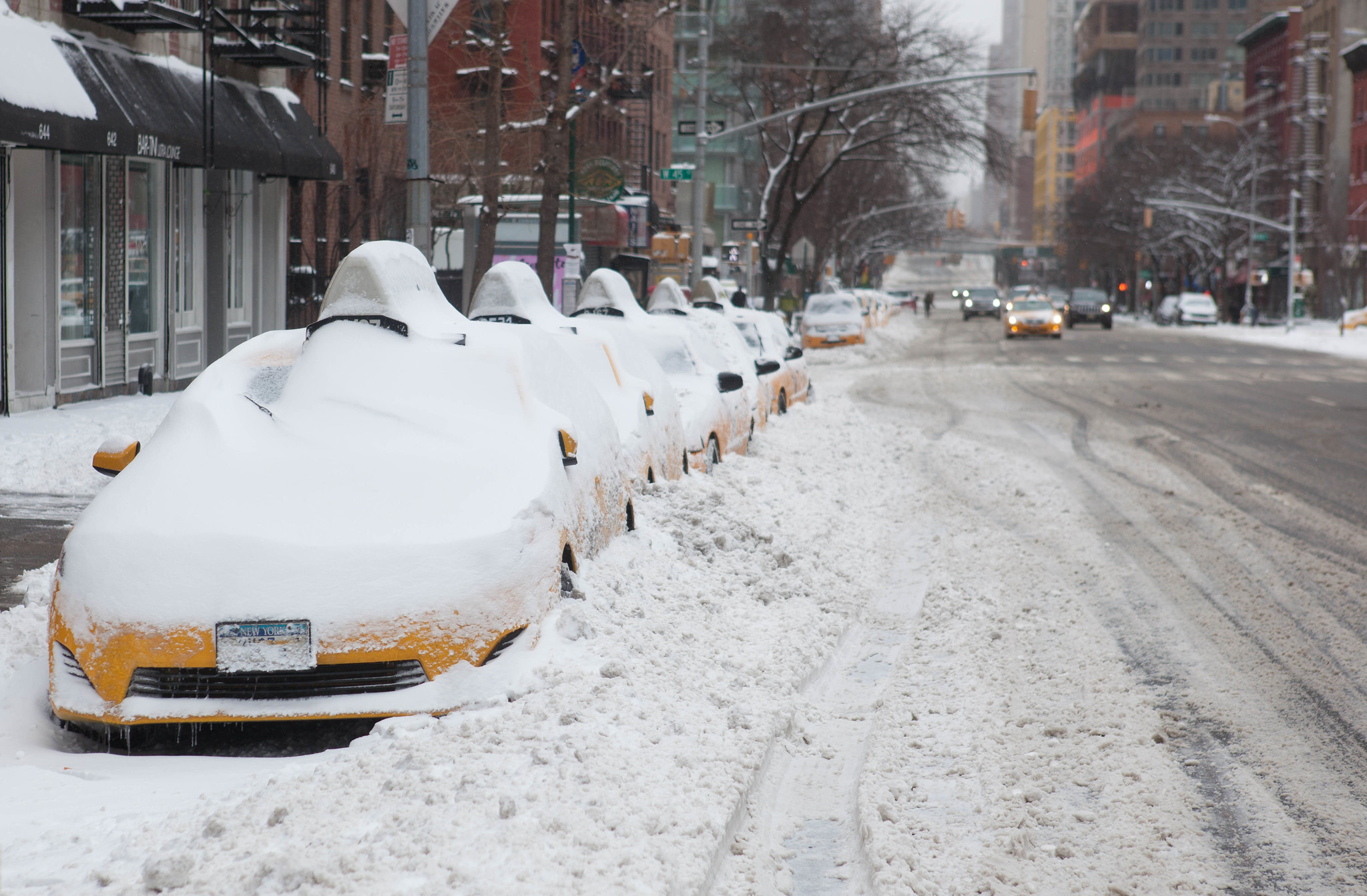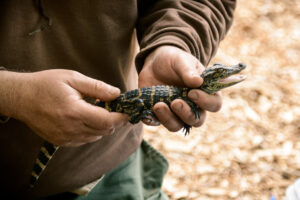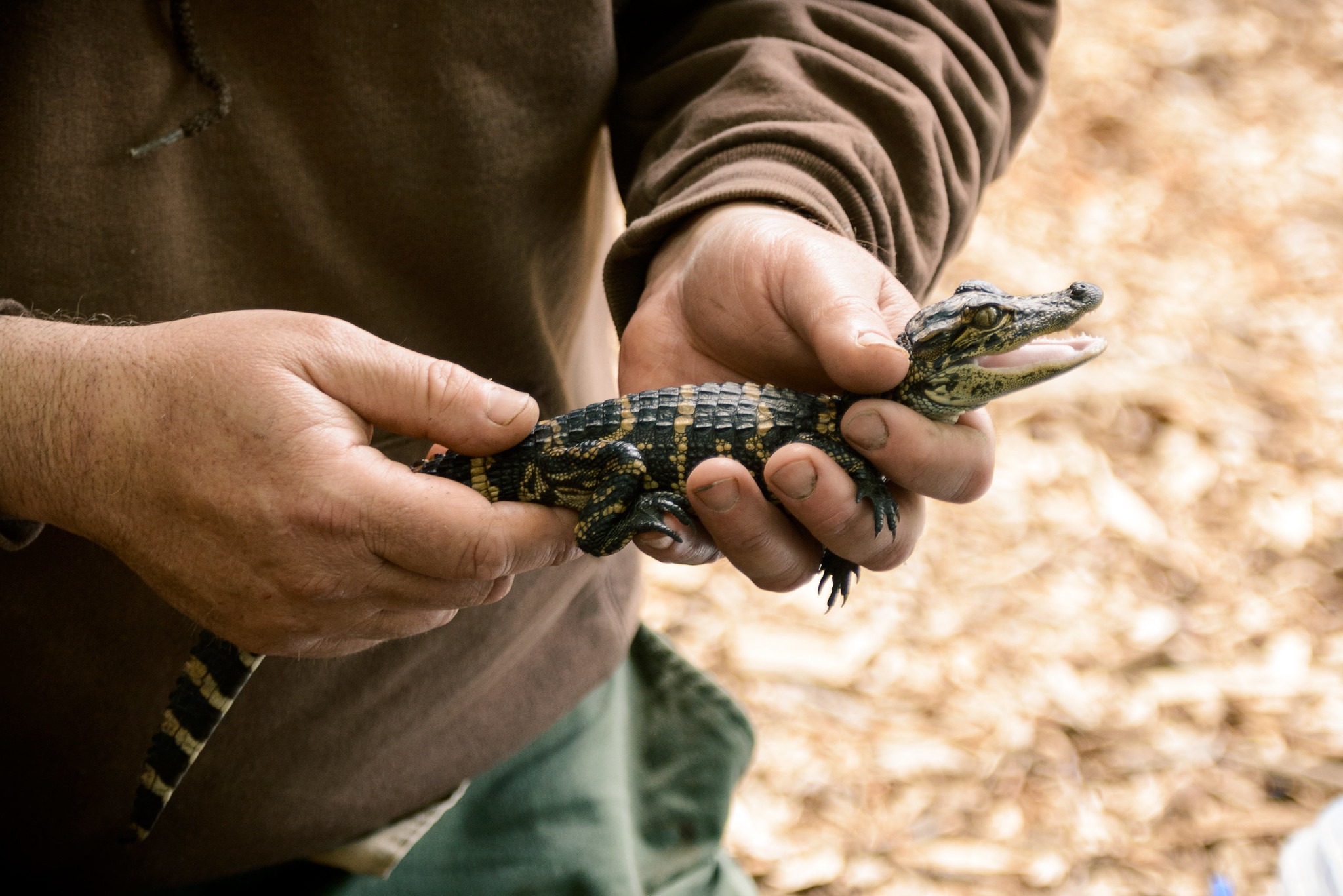Weeks after Buffalo, New York experienced its most deadly storm since the historic blizzard of 1977, one of its heroes is being recognized.
The final days of 2022 brought the snowstorm of the century to the area.
Over 35 people were reported dead just in the western New York area as a result of the winter storm, which has been assigned the name Elliott for records purposes.
The storm rampaged across the country, bringing record low temperatures to parts of the Midwest, East Coast, and even the South just ahead of the Christmas holiday travel rush.
Casper, Wyoming set an all-time record low of -42 degrees. Athens, Georgia also set a record daily low at 11 degrees, the lowest since 1989. In the Rocky Mountains, temperatures plummeted over 70 degrees in just 18 hours.
Overall, more than two-thirds of the American population found itself under winter storm warnings and cold weather advisories.
The storm gathered its strength and unloaded a devastating blizzard on the East Coast, where western New York took the brunt of its impact.
A Perfect Storm
Erie County, which includes Buffalo, was hit particularly hard. As the death toll rose, local officials came under scrutiny for what many are calling a communication failure.
The area is well-accustomed to bad winter weather, yet a series of failures led to a bungled response that some blame for an elevated number of deaths.
While there were winter weather advisories issued, an official travel ban was not issued until just before 9 am, when many motorists were already on their way to work on the final payday before Christmas.
Public social media posts show residents pleading with County Executive Mark C. Poloncarz’s office to enact the ban much earlier, saying they would be forced to show up to work due to the holiday weekend rush.
The forecast early that morning cited “life-threatening conditions” and warned of “dangerously strong winds” approaching the city.
By the time the ban was announced in a news conference, winds hit speeds of 79-mph and 13,000 people had already lost power.
Emergency services technician Felicia Williams voiced frustration at the delayed timing.
“I think a travel ban should have been put in place a lot earlier,” she said.
The 26-year-old ambulance tech was one of dozens of emergency responders who found themselves stranded beside those they were attempting to rescue.
“Most of the calls were people trapped in their cars,” Williams said. “We were doing everything in our power to get to them, but the truth is those people in stuck vehicles shouldn’t have been there and there will be many deaths because of that.”
Some neighborhoods were beyond the reach of ambulances for over 24 hours as infrastructure was paralyzed by strong gusts and thick snowfall.
Even plows could not operate in the conditions, leaving drivers caught on the road stranded and communities left helpless.
Officials appeared to acknowledge their mishandling of the storm.
Erie County Sheriff John Garcia said of terms such as “bomb cyclone” being used to describe the storm, “this is something that we are used to.”
But after realizing how fierce the storm became, he admitted, “I’ve never seen anything like this before,” he said.
In addition to infrastructure issues, there was a notable shortage of staff in the region.
New York state recorded a 10% drop in EMT and paramedics over the last month due to low wages and burnout.
In parts of Erie County that are more rural, the problem is even worse. Many first responders are volunteers in those areas.
Two-thirds of the county was inaccessible to police and ambulance services for days despite residents being in desperate need of resources, often going without power in older buildings with poor insulation and virtually no way to stay warm.
“It is not something we are proud of,” Garcia said.
Officials were also criticized for failing to open more schools and government buildings as shelters stocked with food and supplies in the storm’s aftermath.
Myles Carter, a housing inspector and volunteer said, “People were told to shelter in place but the places people were sheltering weren’t safe.”
“The bottom line is that our entire country knew this blizzard was coming. There should have been more preparation for needy people and a state of emergency declared way ahead of time.”
Instead of officials, hundreds of community members took to social media to coordinate and save trapped residents, deliver medications, and transport the injured and elderly to hospitals.
The County Hero
Jay Withey, a mechanic from the small town of Cheektowaga, was one neighbor who pulled through for his community.
He had gone into the storm to rescue a friend, but he soon found himself in need of rescue.
Instead of sitting and waiting, Withey discovered a nearby empty school.
He smashed through the window to access the building, but instead of taking shelter Withey turned back into the storm.
He went back and forth to assist over 20 people out of the storm and into the school, likely saving their lives in the process.
“You get into to that kind of situation, you have to think about yourself, think about others,” Withey told CNN’s Fredricka Whitfield. “It’s just a matter of survival and just doing the right thing and being respectful.”
He rescued 24 people from their cars during the Buffalo blizzard and sheltered them in a nearby school.@ThurmanThomas, @PThomas3434, and @BCBSWNY thanked Jay Withey for his acts of heroism with two tickets to Super Bowl LVII! ❤️💙 pic.twitter.com/ftHmXcRkzZ
— Buffalo Bills (@BuffaloBills) January 13, 2023
The following day, on Christmas morning, Withey and other survivors found snowblowers in the janitor’s closet which they used to free their cars.
They left a note apologizing for the break-in before safely heading home.
For his role in the rescue, Withey was awarded two Super Bowl LVII tickets in a video released by the Buffalo Bills.












